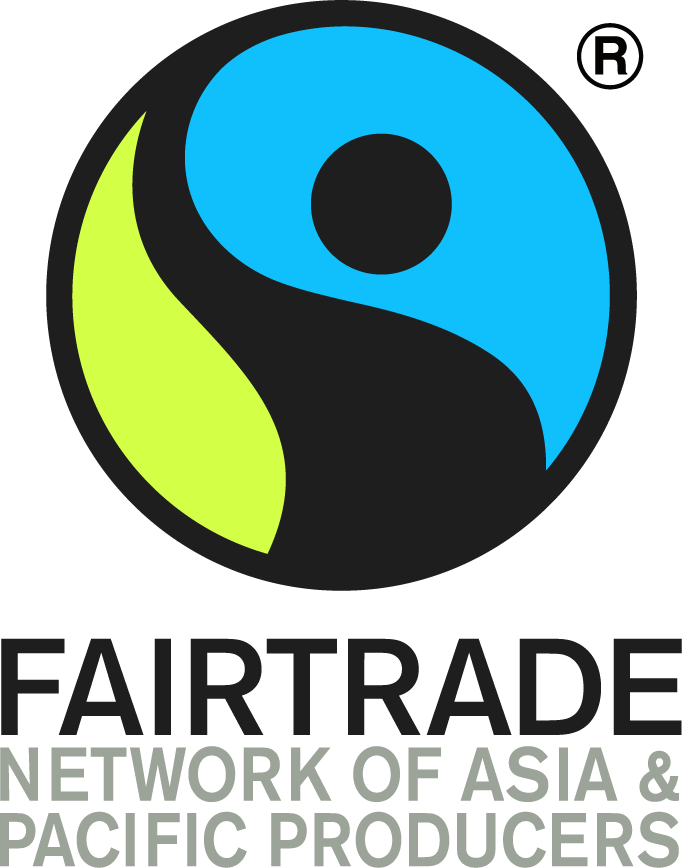Fairtrade NAPP Explores U.S. Tea Market Opportunities at World Tea Expo 2025
An initiative to strengthen Fairtrade Markets in the Global North


Fairtrade NAPP (Network of Asia and Pacific Producers) recently visited World Tea Expo 2025, held alongside the Bar & Restaurant Expo in Las Vegas. Represented by Ranjith Kumar, Senior Business Development Manager, the visit aimed to deepen market intelligence, forge new trade relationships, and assess potential for Fairtrade tea in the U.S.—the world’s third-largest tea-consuming market.
Objectives of Participation
- Understand emerging trends and consumer preferences in the U.S. tea market.
- Explore market access opportunities for Fairtrade-certified tea producers in Asia and the Pacific.
- Gauge interest from U.S. businesses in becoming Fairtrade licensees.
- Assess the strategic value of continued participation in future editions of the Expo.


Highlights and Market Observations
The World Tea Expo 2025 featured nearly 100 exhibitors, with a majority representing U.S.-based brands, alongside select companies from Japan, China, and India. Among them was Saraf Trading Corporation, a Fairtrade-certified trader from India.
The Expo revealed several key trends:
- Retail Expansion & Distribution Demand: Many exhibitors and attendees were actively seeking distributors or exploring retail entry points, especially in the wellness and gourmet categories.
- Health and Wellness as Growth Drivers: Teas are increasingly positioned as functional beverages—with blends promoting energy, weight management, mental wellness, and skincare. Products like chamomile for stress relief, hibiscus for heart health, and green teas for weight control dominated displays.
- Simplification for Gen Z Appeal: Recognizing that complex brewing methods deter younger consumers, several brands showcased innovative formats such as ready-to-drink teas and cold brews designed for on-the-go lifestyles.
- Diversified Tea Offerings: Notably, some beverages marketed as "teas" did not contain Camellia sinensis. Exhibits like Yerba Mate (by Katu) and hibiscus blends from Jamaica underscore how tea culture in the U.S. is expanding into broader botanical infusions.


Challenges and Opportunities for Fairtrade Tea
Discussions with exhibitors and Fairtrade America offered critical insights into the Fairtrade landscape:
- Fairtrade Market Positioning: While Fairtrade branded teas represent approx. 1% of shelf presence, the segment is growing at 11% annually.
- Tariff Barriers: Trade tensions and tariffs—24% on Indian teas, 34% on Chinese teas, and 44% on Sri Lankan teas—pose cost challenges. These factors emphasize the importance of value-added products and direct trade models to stay competitive.
- Premiumization is the Way Forward- Inputs from the Conference: As per Mathew Barry Euromonitor, the U.S. tea market is growing at approx. 5.5% to 6.2% CAGR and shifting toward premium segments through three key pillars: luxury, wellness, and affordable indulgence. Positioning Fairtrade teas within these niches could drive long-term relevance and differentiation.


Strategic Takeaways for Fairtrade Producers
- Value Addition is Critical: Producers who blend teas with herbs, florals, and spices—especially for wellness benefits—stand a better chance of entering and succeeding in the U.S. market.
- Marketing with Purpose: Fairtrade America emphasized the importance of storytelling. Showcasing impact stories on Fairtrade Premium usage as one of the unique benefits for producers can strengthen the brand’s ethical appeal to conscious consumers
- .Connect and Follow Up: Meetings were held with over 38 exhibitors. An additional 10 potential leads have been identified by Fairtrade NAPP producers which require timely follow-ups.
Conclusion
Fairtrade NAPP’s visit to the World Tea Expo 2025 reaffirmed the relevance of Fairtrade tea in a market that is increasingly driven by values, wellness, and premium experiences. By adapting to market preferences, emphasizing ethical sourcing, and building on unique value propositions, Fairtrade tea producers from Asia and the Pacific can be positioned to scale their impact and visibility in the U.S. market.
